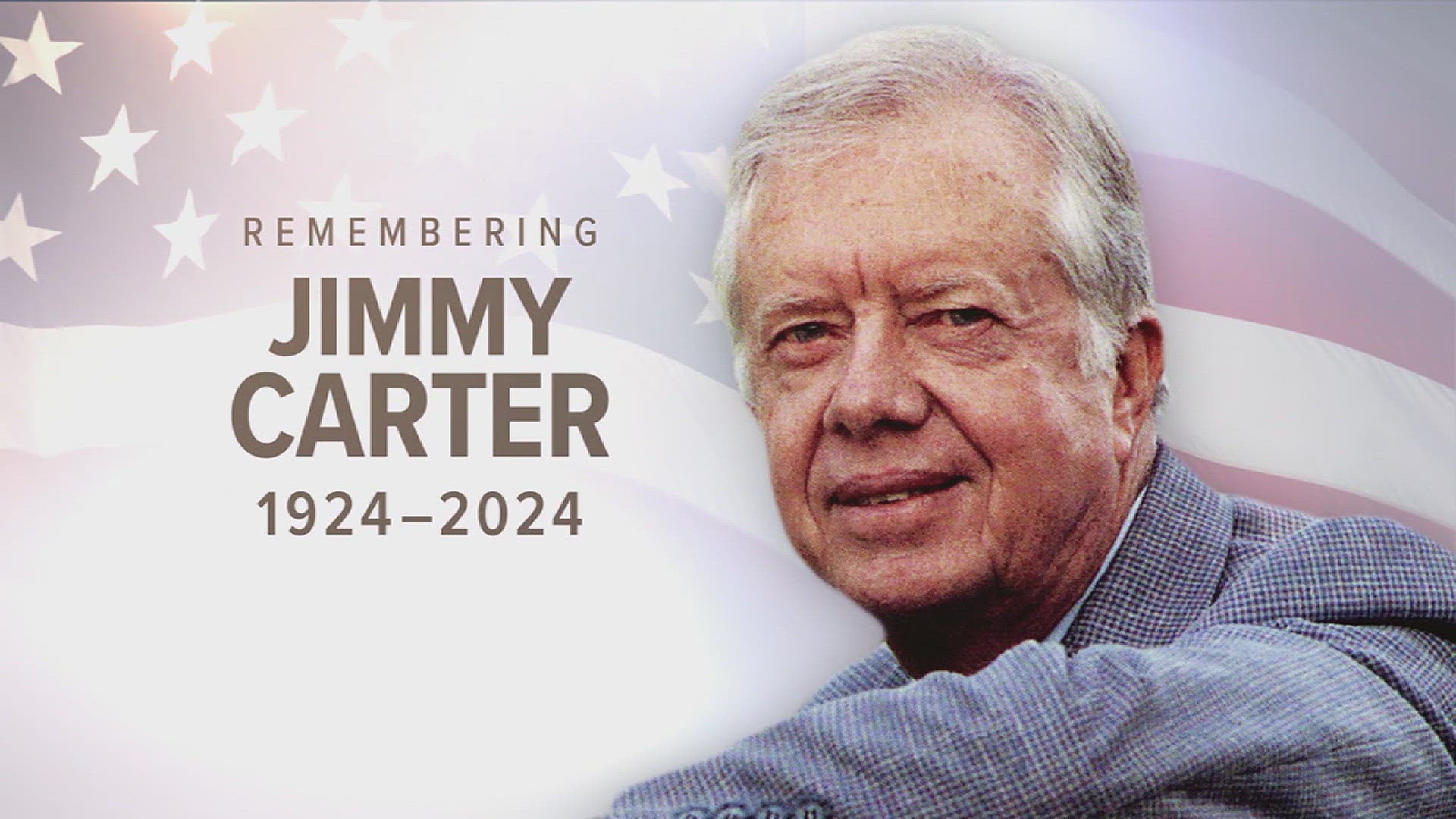(Akiit.com) I saw them with my own eyes. And not while thumbing through a book or watching some grim PBS documentary or on the evening news. I saw those signs for myself in the early ’60s of my childhood, when my family took a car trip from Oklahoma City, where we lived, to Daddy’s tiny hometown of Winfield, Louisiana. I was young, but I could read, and the signs said: WHITE ONLY.
One of them, professionally printed, was nailed to a blue, weather-beaten restroom door at a filling station selling brand X gas. Another, those words scribbled in black chicken scratch on a beige 8X10 piece of wood, was posted next to a lonely water fountain in a public park. Still another sign at the entrance of a bar-b-que shack directed black customers to a service window around back.
When I asked Mama what the signs meant, using tender diplomacy she responded with something that amounted to “It’s a long story.”
Whatever its length, it is a saga that I, like all black Americans of a certain era, learned fast. When my sixth grade teacher, a forward-thinking black woman, during a field trip, earnestly urged the class to “Act our age, not our color,†we instinctively knew the slogan meant that when out among white folk, it was our duty to show Oklahoma City that little Negro kids could be dignified and orderly.
However, being systematically treated as second class citizens can work like voodoo, and by my teens the fix was in. Sure, I nurtured the fleeting, Quinn Martin Productions-inspired dream of being a Secret Service agent protecting the President, but I didn’t have any illusions about many black guys actually getting a job like that (At the time I didn’t know of Abraham Bolden, who during the 1960s Kennedy administration, became the first black Secret Service agent assigned to guard a President).
And even if black Secret Service agents protecting Presidents became commonplace, I knew such an agent would never serve a black President. Ever. America told us over and again that a black man had a better chance of going to mars than being President of the United States.
Blacks responded accordingly: I didn’t know any black kids who, when asked what they wanted to be when they grew up, responded, “President.†It was a corny occupation. Besides. we were told by our elders to reach for the stars, and few of us believed the office of President was in that galaxy.
Well, at least one guy believed.
No Matter. Despite the unprecedented achievement of blacks in all areas of American life, 21st century minds of all persuasions, intelligent and optimistic, insisted that a black person or a woman in the Oval Office was light years away. “Not in our lifetime,†went the well-reasoned mantra. Not in a million years.
I must admit, in the beginning of that monumental Presidential campaign, I was among the cynics. I was afraid. Some days, those signs I saw in Winfield as a child didn’t seem that far way. In many ways, they still aren’t. Even as many of us cautiously dared to believe, others, many blacks included, insisted it couldn’t be done; that it shouldn’t be done.
However, on the morning of January 20, 2009 all the weird, convoluted stuff you’ve long heard associated with impossibility actually happened: pigs flew, multitudes of corpses simultaneously rolled over in graves, a cow jumped over the moon and the Tin Man got his heart.
That’s because on January 20, 2009, Barack Obama became America’s first Colored, Negro, Black, African-American, Biracial President.
If you’re reading this, then you’re here. So much for it not happening in our lifetimes.
You think it was cold in D.C.? They wore parkas in hell. To demons of ignorance and hate, the forceful winds of hope, change and joy created quite a chill.
Written By Steven Ivory









Leave a Reply